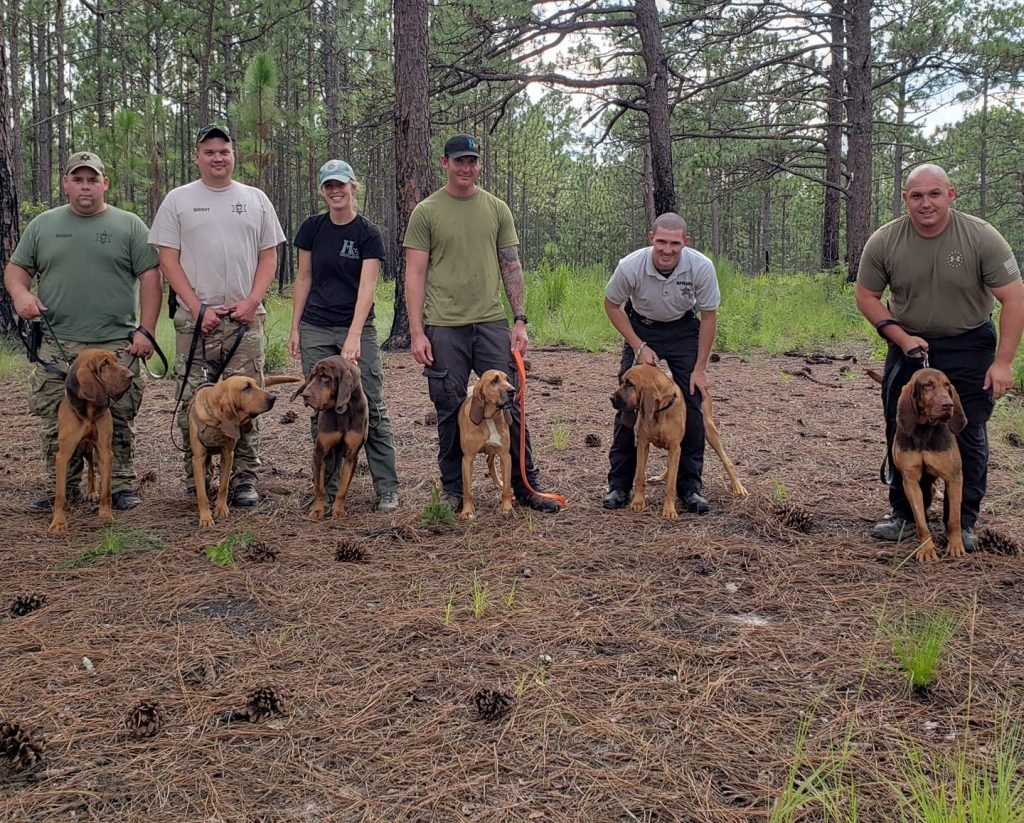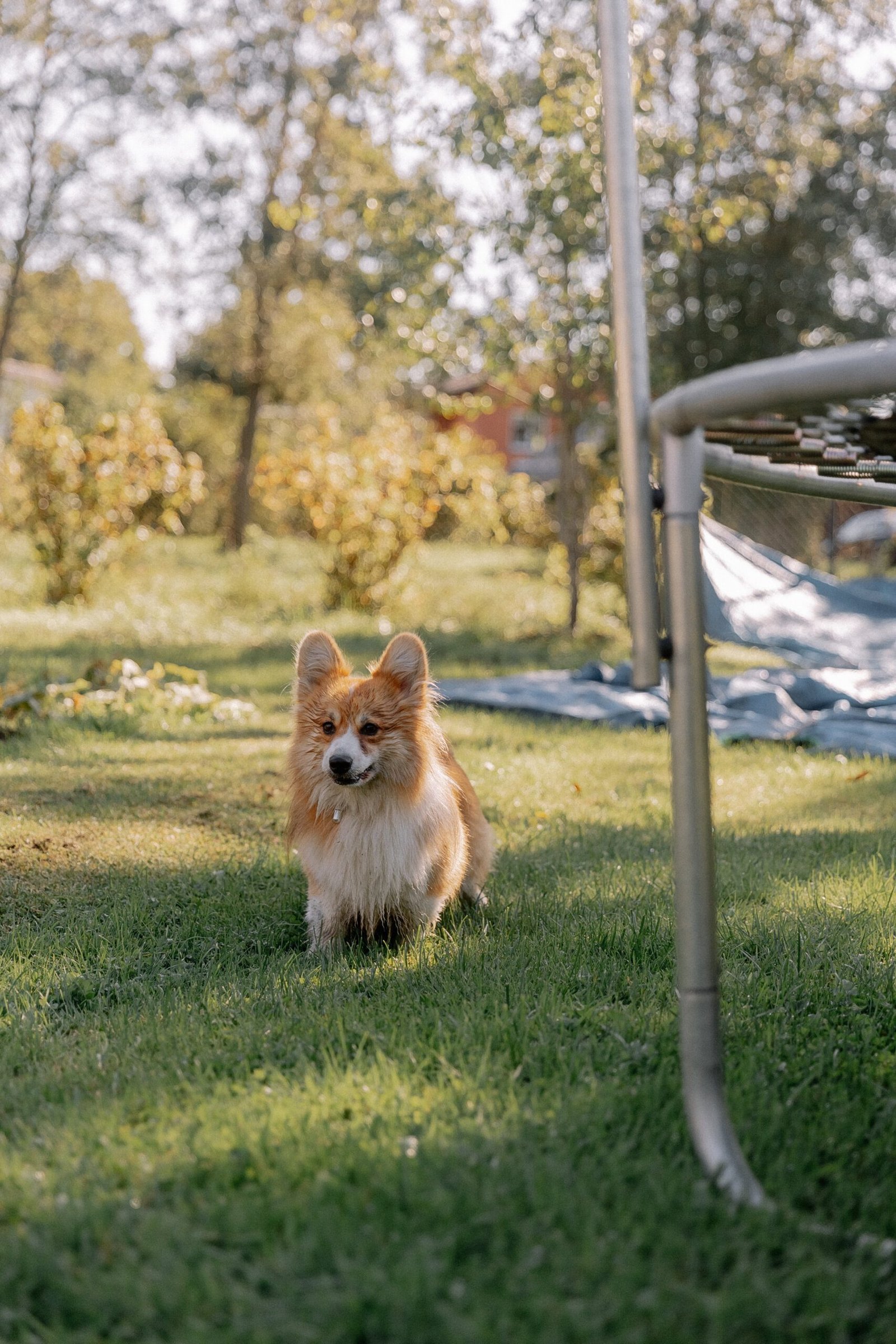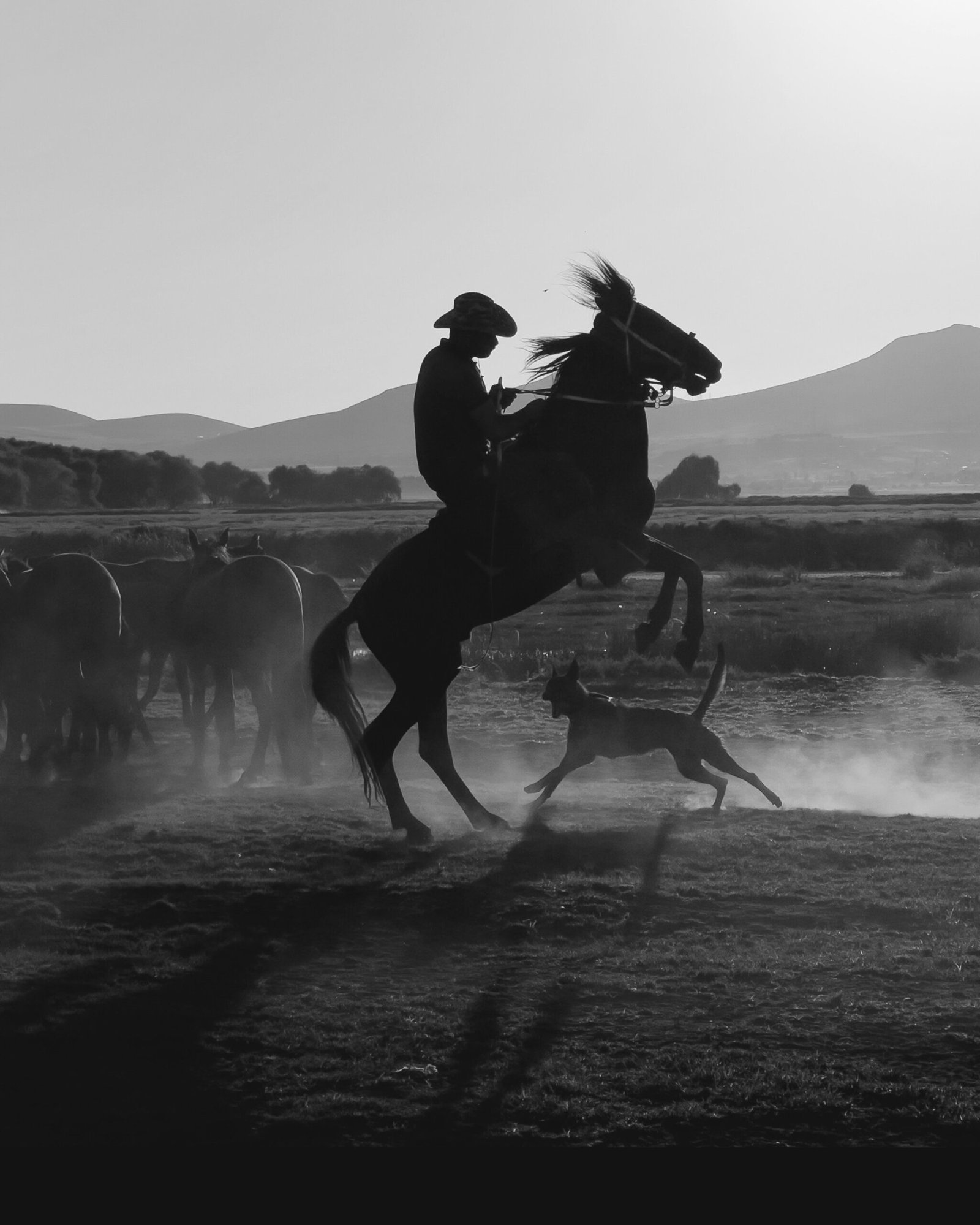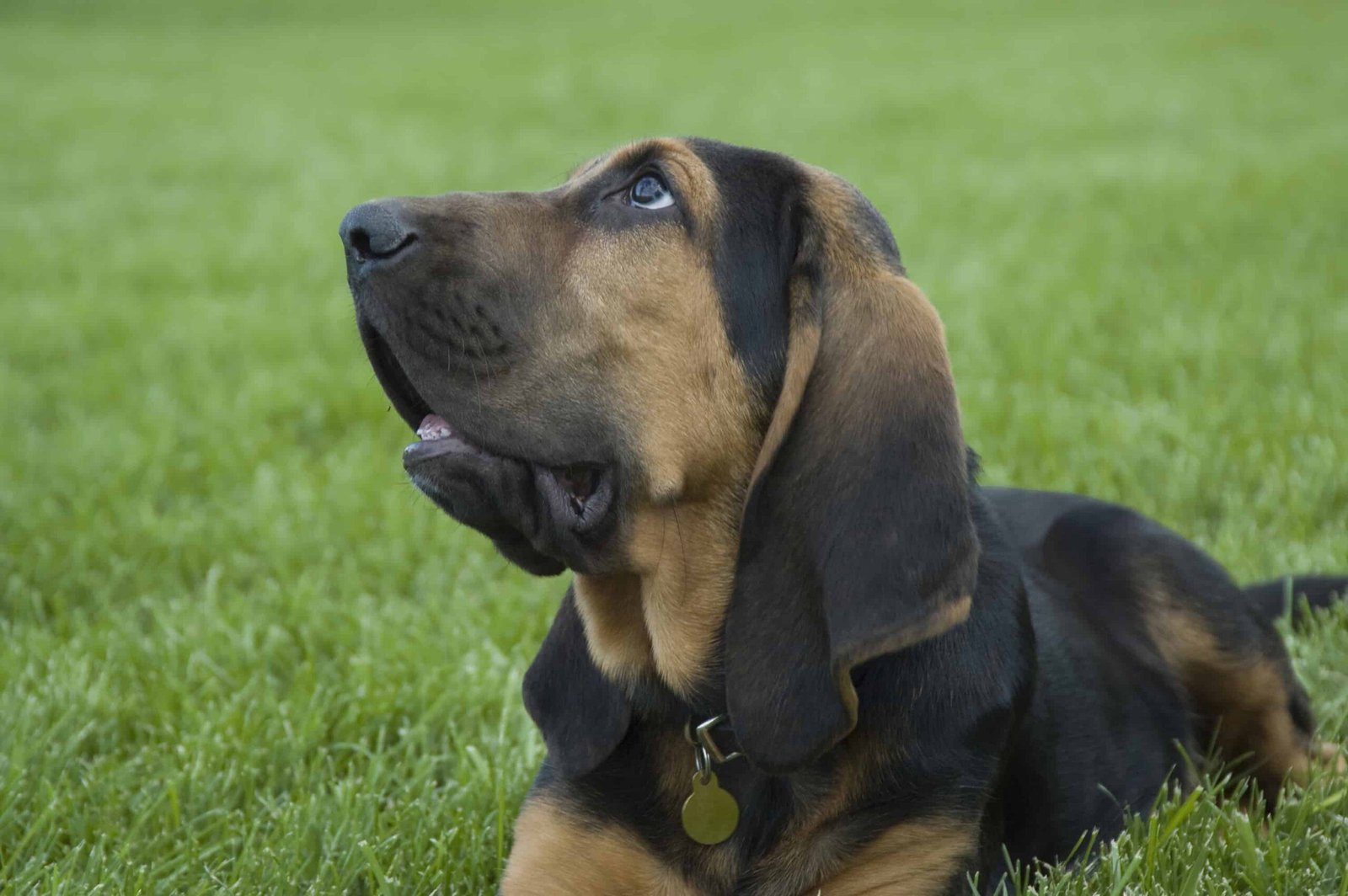Table of Contents
In this engaging article, “About The Breed: Bloodhound,” you’ll discover the fascinating world of bloodhounds. Known for their incredible sense of smell and unwavering determination, bloodhounds are commonly used as police dogs and search and rescue companions. However, they can also make friendly and loyal pets in the home. This article provides a brief overview of the breed, including their characteristics, history, and frequently asked questions. Whether you’re considering adding a bloodhound to your family or simply want to learn more about these remarkable dogs, this article is a must-read.

Bloodhound breed characteristics
The Bloodhound is a large and powerful breed known for its distinct characteristics. They are typically taller and heavier than the average dog, with males reaching 25-27 inches in height and females measuring 23-25 inches. In terms of weight, Bloodhounds range between 80 and 110 pounds.
One of the most noticeable features of the Bloodhound is its coat. It is short, hard, and loose-skinned, giving the dog a unique appearance. Both the tail and ears of the Bloodhound hang down, with the ears being particularly pendulous. In terms of coat color, bloodhounds can be black and tan, red and tan, or solid tan. Some dogs may also have flecks of white or small patches of white on their chest, feet, or tail. Additionally, the wrinkles commonly seen on adult bloodhounds develop over time.
In terms of temperament and behavior, the Bloodhound is known for its friendly and sociable nature. They enjoy the company of both humans, including children, and other dogs. However, they can be challenging to train due to their independent and stubborn nature. Despite popular belief, Bloodhounds are not lazy dogs. They are highly active and need daily exercise to maintain their strength and stamina for long trails. Keeping them physically and mentally stimulated is vital for their well-being.

A short history of the Bloodhound
Origins of the breed
The exact origins of the Bloodhound are not entirely clear, but they are believed to have originated in central Europe, possibly in countries like France or Belgium. The breed’s ancestors can be traced back to the St. Hubert hound breed, which was first bred around 1000 AD.
Popularity and decline in France
During the thirteenth century, the King of France received several pairs of black hounds from monks as gifts. These hounds, known as the St. Hubert hounds, were famous for their tracking abilities. However, after the French Revolution in 1789, the tradition of gifting hounds to the royal family ended, and the breeding of St. Hubert hounds declined, eventually leading to their extinction in the nineteenth century.
Introduction to England and the United States
In England, bloodhounds were first mentioned in the 1300s in stories involving being followed by “sleuth hounds.” They were known for their exceptional sense of smell and tracking abilities, even in medieval times. Bloodhounds were integral to hunting and tracking game.
Purebred bloodhounds were first introduced to the United States from Britain at the end of the 1800s. Since then, they have been extensively used by law enforcement agencies worldwide to track criminals and missing people. Despite advances in technology, bloodhounds remain one of the most reliable tools for finding humans. Bloodhounds have also made their way into families’ homes as beloved pets. Although they require patience and rigorous training, they mix well with people and other pets.

Training and exercise
Training challenges
Training a Bloodhound can be a challenging task due to their independent and stubborn nature. They have a strong sense of individuality and may require more patience and consistent training compared to other breeds. Positive reinforcement techniques, such as treats and praise, often work well with Bloodhounds. Early socialization and obedience training are crucial.
Exercise needs and stamina
Bloodhounds are active dogs that require regular exercise to maintain their strength and stamina. Contrary to the misconception that Bloodhounds are lazy, they need daily physical activity to stay healthy and happy. Long walks and vigorous play sessions are recommended to keep them mentally and physically stimulated. Bloodhounds are known for their ability to track scents for miles, so providing them with opportunities to use their powerful noses is important for their overall well-being.

Grooming and health care
Coat care and maintenance
Bloodhounds have relatively low-maintenance coats. Although their coats are short and do not require extensive grooming, some attention is needed. Regular brushing helps remove loose hair and keeps the coat clean. It is important to pay special attention to the Bloodhound’s droopy ears and facial wrinkles. Wiping them with a warm, wet cloth can prevent odor and the buildup of irritants that can lead to infections.
Common health issues
Like many breeds, bloodhounds are prone to certain health issues. Gastrointestinal issues, including bloat, are more common in bloodhounds compared to other breeds. Grooming and care should include regular checking of the dog’s ears, eyes, and skin for any signs of irritation or infection. Bloodhounds are notorious for drooling, so owners should be prepared for the mess and may require more frequent cleaning.

Frequently asked questions
Sense of smell
One of the most impressive traits of the Bloodhound is its sense of smell. Bloodhounds possess approximately 230 million scent receptors, significantly more than humans, who have only 5 million. This exceptional sense of smell allows Bloodhounds to follow scent trails up to 130 miles away.
Lifespan
On average, Bloodhounds live for about seven to ten years. They have one of the shortest lifespans among all dog breeds. A survey conducted by the UK Kennel Club in 2004 reported a median age of 6.75 years for Bloodhounds.
Admissibility in court
Trained Bloodhounds with their exceptional tracking abilities have had their evidence ruled as legally admissible in courts in the United States. The accuracy and reliability of a Bloodhound’s scent tracking capabilities make them a valuable tool in criminal investigations.
Suitability as a family pet
Bloodhounds can make great family pets. They are known for their friendly and sociable nature, making them good companions for both adults and children. However, prospective owners should be aware of the challenges associated with training this breed. Bloodhounds require patience and consistent training. They also need plenty of outdoor exercise to stay mentally and physically stimulated.
Overall, Bloodhounds are a unique and remarkable breed with distinct characteristics and a fascinating history. Whether they are working in law enforcement or spending time with their families, Bloodhounds bring their exceptional sense of smell and energetic nature wherever they go.



